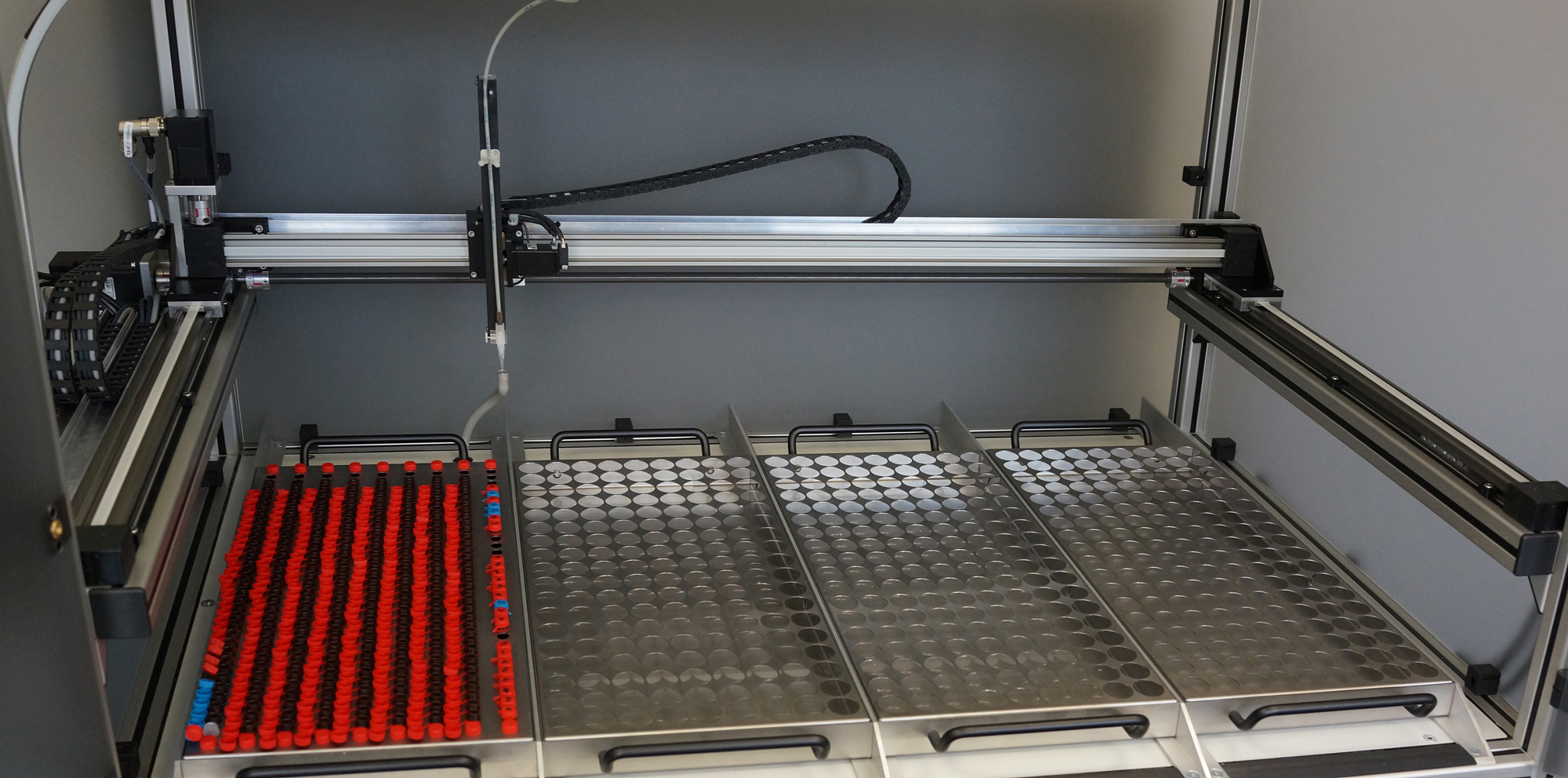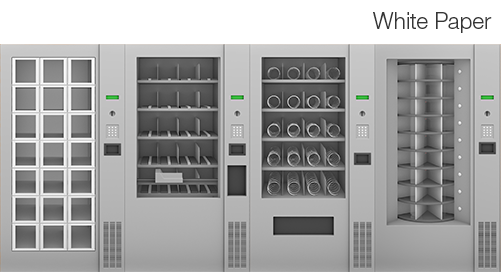The Rise of Automation: How I Learned to Love the Robot Revolution
 If there is one thing I can say with absolute certainty about the future of global industry, it is that the automation age has fully begun. Over the past few decades, we have all been discussing automation at an increasing rate, and many industries have already embraced automation, particularly large-scale manufacturing facilities. However, the growing amount of projects we have been receiving at igus indicate a groundswell of activity involving smaller companies that are looking for low cost automation solutions.
If there is one thing I can say with absolute certainty about the future of global industry, it is that the automation age has fully begun. Over the past few decades, we have all been discussing automation at an increasing rate, and many industries have already embraced automation, particularly large-scale manufacturing facilities. However, the growing amount of projects we have been receiving at igus indicate a groundswell of activity involving smaller companies that are looking for low cost automation solutions.
I think of all of the projects I have worked on over the past twenty years, and up until relatively recently, we had been focused on providing component-level linear bearing parts for OEM projects. Although we have consistently discovered our products being used within some of the craziest applications, at that time, our largest industries primarily included packaging machinery, aircraft Interiors, medical equipment (medical beds, carts, stretchers), lab instruments (many of these already for laboratory automation), and a lot of general machine building. For these industries, the main benefit of linear plain bearings that slide like ours was mostly due to the fact that no external or wet lubrication was necessary, along with the parts being lightweight and corrosion-resistant. Recently within the past few years, we have begun to see an influx of new industries emerge—3D printers, small-scale CNC machines like routers and plasma cutters, and a wave of ‘kiosk’ applications.
The Rise of the Kiosks
Many of these kiosk applications are not just merely vending machines, but rather full on automated solutions within a box, doing the work that humans once did. Remember taking your key to the hardware store to watch the store employee fixture and jig your key to make a copy? Now, machines can perform this task by simply dropping your key in—and of course, your credit card for payment. This means that stores no longer need to educate staff on the actual process of making a new key, which requires training and potentially a certain skill set, creating a challenge for stores where turnover may be high. Instead, the automated-machine can do all the work, while the employee is allowed to focus on customer-service related activities. There is also another significant benefit—often, the technology involved can be so flexible that it provides easy customer-customization, increasing the real value of these automated solutions even further for customers. This makes me think about pet-collar engravers, or pastry-decorating machines for bakeries that use 3D printer technology to make custom designs for your child’s birthday—“Happy Birthday, Spanky—Welcome to the Automation Age”. This can bolster demand and revenue, making the return on investment for such “smart” machines much shorter.
Every week, we receive new automation projects, whether it’s an automated coffee kiosk with a robotic barista, a passport-inspection station, a robotic hamburger and egg flipping machine, French-fry baskets that receive orders directly from the register and drop on-command, automated bike washing trailers, or vertical farming systems where gantry robots plant and water seeds—I bet some will soon offer customers the chance to view and choose a crop online in real-time via a camera mounted to a linear actuator, which in turn will pick the crop afterwards. I believe that this kind of technology isn’t far off for us; it is truly becoming the wild west of automation.
Behold, An Automaton is Born… Or Rather, Engineered!
This massive surge in automation is due to the decreasing costs and increasing intelligence of computers, web-based apps, smart phones and electronic control systems (PLC’s, etc), combined with an influx of smaller, cost-effective, and maintenance-free power-transmission products like drylin, which make it easier for smaller companies to adopt automation while being more competitive. Although most of this post so far has involved the commercial application of automation, we are also seeing a significant boom in regard to small and mid-size manufacturers now being able to afford lower-cost automation product, like linear actuators and gantry robots, which are currently leading the charge for many of the customer projects we see. Mundane tasks that would normally be beyond boring for human workers to perform can now be completed by automated solutions—minute-after-minute, day after day, and without the need to pay overtime or to worry about carpel-tunnel syndrome, never mind cigarette breaks.
One customer I had been speaking with owned a Chinese dumpling manufacturing facility where each dumpling had to be formed exactly according to the right shape, stamped with a cool logo, and then placed on a new conveyor as they made their way upstream to be steamed. The owner lamented to me that it was extremely hard to keep employees in this position and that turnover was very high. However, by using an XYZ gantry equipped with special tooling provided by a systems integrator, he would be able to automate the process—the dumplings would arrive on one conveyor where the gantry would use vision and sensors to mold them into the correct shape and stamp them with the logo, then it would gently place them onto the next conveyor to be cooked into your next dim sum delicacy. This was certainly not a large-scale operation, and I know without the low-cost, yet powerful, software and hardware, he would not have been able to accomplish this, even just several years beforehand.
Robot, Please Make a Toast to the Future
A few years ago, it seemed as though we were all lamenting the loss and decline of the manufacturing sector in North America. However, now it appears that this new wave of automation is really stirring the pot, and I am excited to see what future projects arise for the drylin product line in the future. Even five years ago, I would never have imagined offering products like Delta Robots, drive controllers, and articulated arms as part of our catalog—but, here we are. Just like every other company, we had to adapt and innovate so that we could chase the emerging technologies.
This time, the revolution will not only be televised, but also virtualized, motorized, serialized, monetized, scrutinized and most-definitely, realized. The future is here—what are you working on?
P.S. You would never even know if a robot wrote this—perform mic drop. #lowcostautomation
For more information on drylin automation solutions and products, please contact Matt Mowry, drylin® Product Manager by clicking here.



